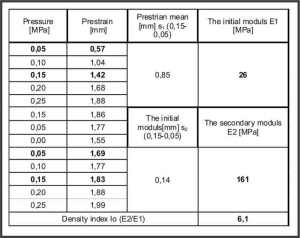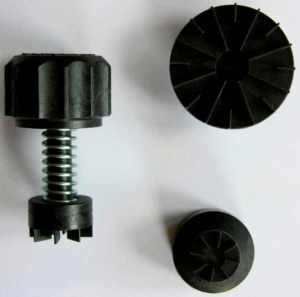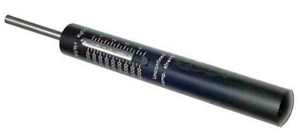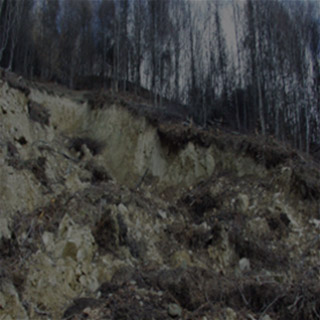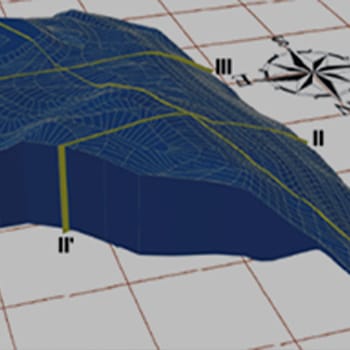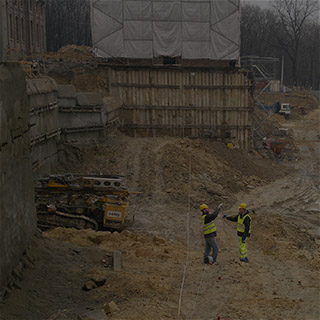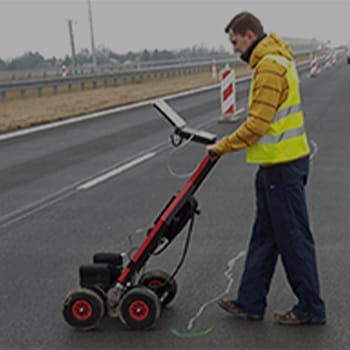FIELD TESTS
These are tests performed on site in the field. Unlike drilling and probing, they are performed on the surface of the site and are used to study the compaction and bearing capacity of the substructures and the initial estimation of geotechnical parameters. Most often, such tests are used on construction sites, where it is decisive to quickly obtain results that allow to decide on further work. Such works include:
Static plate load test
Static plate testing is the method that allows to determine the deformation module by determining the bearing capacity and density of susceptible pavements, substructures and road surfaces to a depth up to 50 cm. The test consists in measuring the vertical deformation of the test layer under the influence of the static pressure exerted by the circular steel plate. The pressure is exerted via the hydraulic cylinder with the pressure gauge attached. Module values are dependent on plate diameter, unit load increment and incremental gain for a given load range. The quotient of the secondary and primary deformation module is called the density index, which is dimensionless.
Lightweight dynamic plate
Lightweight plate testing is used to assess the load capacity and control of the density of susceptible pavements, substructures and road surfaces. The study is carried out by dynamically loading the plate with a diameter of 30 cm with a weight of 10 kg. Directly from the recorder connected to the plate the operator can read the subsidence values and after that the average subsidence value can be calculated. Based on the subsidence, the dynamic module Evd is counted. Based on the correlation table, the density index can be calculated. Dynamic plate is successfully used in Europe, especially in Germany, in the broadly understood building industry and is anchored as one of the methods of determining the bearing capacity of the substrate in the laws and norms.
Rotary cutter test
This is a field tool used to determine shear strength of soil. Measurement should be done on undectruct soil samples(NNS). The test consists of squeezing the tip of the device into a soil sample and rotating it until the soil is completely cut, that is, the maximum shearing force. On a specially scaled display, the shear value is read out. After multiplying by the coefficient resulting from the shape of the tip of the device, the value of the shear module is obtained.
Piston penetrometer test
This is a field test to determine the resistance of a soil sample and consist to pressing into the sample a flat-ended, scaled measuring tip. The tests are performed on undestroyed soil samples. When pressing the tip into the soil sample to a depth of 5 mm on the scale, the maximum resistance value is read out. On a specially calibrated scale, the value of resistance is read out.
Penetration should be considered as a follow-up test of field macroscopic measurements. It gives more complete information about the strength properties of the soil.



